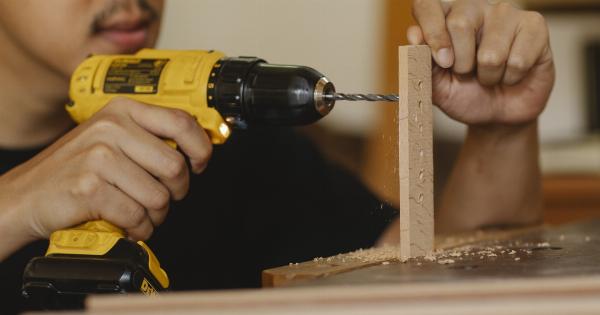When you think about mobility, you probably imagine walking, running, or doing some other type of physical activity. However, many people struggle with mobility issues that go beyond their ability to move.
Specifically, people with venous insufficiency may experience pain, swelling, and difficulty walking due to problems with blood flow in their legs. Fortunately, venous stents can help reclaim your mobility by improving blood flow and reducing symptoms of vein disease.
Understanding Venous Insufficiency
Venous insufficiency occurs when blood flow from your legs back to your heart is restricted due to damaged valves or weakened vein walls. This can cause blood to pool in your legs, leading to symptoms such as pain, swelling, and ulcers.
Venous insufficiency has been linked to a number of risk factors, including age, obesity, pregnancy, and genetics.
Symptoms of Venous Insufficiency
If you’re experiencing venous insufficiency, you may notice some or all of the following symptoms:.
- Pain or aching in your legs, especially after standing for long periods of time
- Swelling in your legs, ankles, or feet
- Leg cramps or muscle spasms
- Skin changes, such as a brownish discoloration or redness
- Ulcers or sores on your legs that won’t heal
How Venous Stents Work
Venous stents are small, metal mesh tubes that are placed within your veins to provide structural support and improve blood flow.
During a minimally invasive procedure, a doctor will insert a catheter through a small incision in your skin and guide it to the affected area of your vein. The stent is then released, and it expands to fit within the walls of your vein, creating a scaffolding-like structure that keeps the vein open and allows for improved blood flow.
Benefits of Venous Stents
Venous stents can provide a number of benefits for people with venous insufficiency, including:.
- Reduction of pain and swelling in your legs
- Improved ability to walk and engage in physical activity
- Prevention of worsening vein disease and potential complications, such as ulcers and blood clots
- Faster healing of existing ulcers or sores on your legs
Recovery from Venous Stent Placement
After your venous stent placement procedure, you’ll likely be able to go home the same day.
You may experience some discomfort or tenderness at the site of the insertion, and your doctor may recommend that you avoid certain activities for a few days. However, most people are able to return to their normal activities within a week or so.
Candidate for Venous Stent Placement
If you’re experiencing symptoms of venous insufficiency, you may be a good candidate for venous stent placement. However, your doctor will need to evaluate your condition and determine if a stent is the right treatment option for you.
Factors that may impact your eligibility for stent placement include the severity of your vein disease, your overall health, and any medications you’re taking.
Alternative Treatments for Venous Insufficiency
Venous stent placement is just one of many treatment options for venous insufficiency. Other treatments include:.
- Compression stockings, which help improve blood flow and reduce swelling in your legs
- Sclerotherapy, which involves injecting a solution into the affected veins to scar and close them
- Endovenous laser therapy (EVLT), which uses laser energy to heat and seal off the affected veins
Conclusion
If you’re struggling with mobility issues due to venous insufficiency, venous stents may be able to help. By expanding your veins and improving blood flow, these devices can help reduce pain, swelling, and other symptoms of vein disease.
Talk to your doctor to learn more about venous stents and whether they may be a good treatment option for you.































